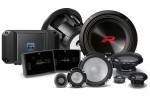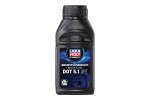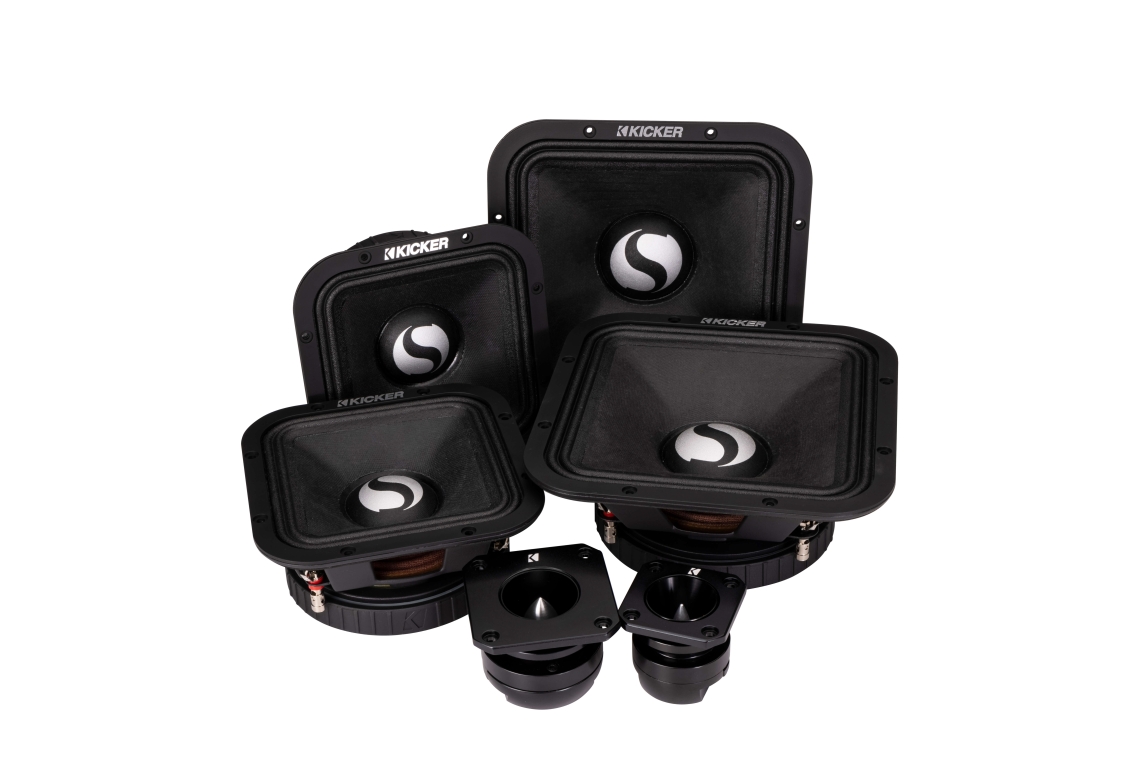Most every Basshead remembers experiencing their first “windy build.” Tightly contained in an unsuspecting volume knob, the anticipation is akin to voluntarily standing in the path of an oncoming hurricane. It’s a rite of passage containing varying mixtures of terror, anticipation and excitement.
The moment you fire up that first song, those alluring low notes come rocketing toward you with the unique promise of your own private seismic event. Straining against primal in- stincts of fight and flight, the bass rips through your senses. Your eyes can’t focus. Breathing becomes a conscious exercise, and your hair - well, when did you get cast in a Tim Burton film? Three-ish minutes later, the song is over. Your endorphins ebb to a dull roar as your heart rate returns to something under triple digits. Some- how, you feel as though surviving the onslaught of barometric pressure is a sort of achievement, as you mentally tick the experience off of the bucket list. The thrill instinctively begs an immediate question; “Can I have some more?”
Yes, Oliver. Yes, you can - and here’s a hairbrush. You’ll need it about three minutes from now. Keeping the subwoofers from drowning out the voices and instruments in a song can be a massive challenge in ultra-high-power systems. At extreme volume levels, the traditional midrange and tweeter set is completely outclassed, unable to keep up with subs that are deliver- ing volume from tens of thousands of watts or more. In order to fix this rather quickly- identified deficiency, a dramatic addition to the stereo often becomes necessary. Custom door, A-pillar, and kick panels are fabricated, then packed with multiple sets of mid and high-range speakers in an attempt to fill in the system’s otherwise gaping acoustic holes. Only then is every component of the song given a fighting chance of reaching your ears in their intended proportion.
KICKER approaches PA-style tweeters and midrange drivers with two priorities in mind: power handling and efficiency. The ST (aka “Street Series”) 7- and 9-inch speakers are engineered specifically for use in a basshead’s system, using the company’s signature square design. “We used a paper cone because it is extremely efficient, as well as a treated cloth surround. It’s voiced to allow listeners to hear clean, clear vocals through exceptionally loud bass,” reported Aaron Surratt, KICKER’s New Product Development Manager. “It’s perfect for competition- level SPL systems.”
To make the speakers easier to mount in different doors, beefy low-profile ferrite magnets were used. Unlike traditional door speakers, the recommended power rating skyrockets to 300 watts RMS for the ST series 9-inch midrange – literally double the power handling of KICKER’s highest-rated coaxial door speaker, the CS series 6x9. Both sizes of midrange speakers will come in 4 or 8 ohms, allowing the designer to wire multiple speakers in different configurations.
It’s common knowledge in the audio world that every midrange needs a tweeter to go with it, completing the acoustic picture. Creating a tweeter for such a specific environment means that it has to be designed in a decidedly different fashion, cutting through bass while acoustically blending with the song itself. The ST series 1-inch and 1.5-inch bullet tweeters were made for this specific purpose. Both versions are equipped with a long, custom engineered lens to direct the sound over longer distances, then equipped with a replaceable aluminum diaphragm and tuned to project audio long distances; a necessity in high SPL-style setups. To offer installation options, KICKER includes a pair of trim bezels for flush or surface mounting. Completing the sound of competition-level SPL systems requires constant experimentation, exorbitant amounts of power and next-level tuning techniques. To allow the listener to hear the remaining 19,900 frequencies in the audible spectrum in their proper proportion above 100 Hz is the ultimate goal. If KICKER wants us to remember anything, it’s this: for all its fury, bass requires balance.
Related Articles
 MTX Terminator Amplifiers Makes Their Triumphant Return for 2024
MTX Terminator Amplifiers Makes Their Triumphant Return for 2024
 The Importance of Keeping a Vehicle Battery Fully Charged
The Importance of Keeping a Vehicle Battery Fully Charged
 Alpine Next-Generation R-Series Sound System Line
Alpine Next-Generation R-Series Sound System Line
 Kenwood DNR1007XR Head Unit
Kenwood DNR1007XR Head Unit
 Electric Cars Brake Reliably With LIQUI MOLY
Electric Cars Brake Reliably With LIQUI MOLY
 A Phoenix Risen: Luke Skalisius' 2004 Subaru WRX STi
A Phoenix Risen: Luke Skalisius' 2004 Subaru WRX STi





